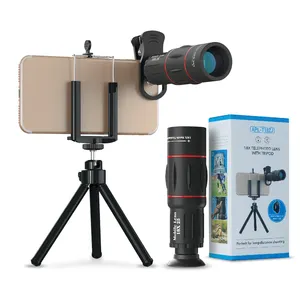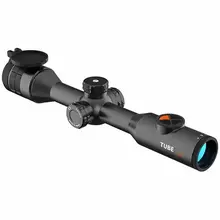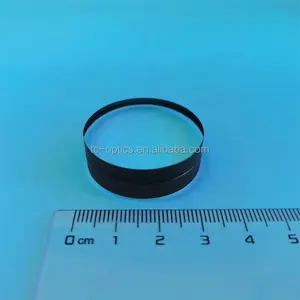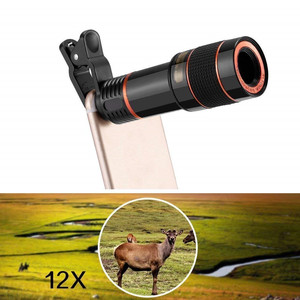Exploring the Universe with Telescope Lenses
Telescope lenses are essential components in the realm of astronomy and optical science, enabling the magnification and observation of distant celestial bodies. These lenses function as the heart of a telescope, capturing light from far-off galaxies, stars, and planets to bring them into clear view for enthusiasts and professionals alike.
Types of Telescope Lenses
The variety of telescope lenses available caters to different observational needs. Achromatic lenses are standard in refracting telescopes, reducing chromatic aberration and enhancing image quality. Advanced apochromatic lenses further correct color fringing, providing superior clarity for discerning astronomers. Reflecting telescopes, on the other hand, utilize a primary mirror lens system, which offers the advantage of no chromatic aberration and is ideal for viewing faint objects in deep space.
Applications and Features
Telescope lenses are not limited to stargazing alone. They are also integral to terrestrial viewing, enabling the detailed study of landscapes and wildlife from a distance. Features such as lens coating and focal length play a pivotal role in the functionality of a telescope lens, affecting light transmission, clarity, and field of view. The coating minimizes glare and reflection, while the focal length determines the magnifying power of the lens.
Materials and Advantages
The construction of telescope lenses involves precision-engineered glass or sometimes synthetic materials, designed to withstand the rigors of temperature fluctuations and light exposure. The advantages of using high-grade materials include enhanced durability, improved light transmission, and reduced aberrations, resulting in clearer and more detailed images.
Choosing the Right Telescope Lens
Selecting the appropriate telescope lens depends on the intended use. For those keen on astrophotography, a lens with a wide aperture may be preferred to capture more light and detail. Amateur astronomers might opt for a lens with a moderate focal length for general sky exploration. It is crucial to consider the compatibility of the lens with the telescope's mount and the observer's specific requirements.
Complementary Accessories
In addition to the primary lens, a range of complementary accessories can enhance the viewing experience. Barlow lenses, for instance, double or triple the effective focal length of the telescope, providing an easy way to increase magnification. Eyepieces also play a role in determining the final magnification and field of view, allowing for customization based on the observer's preferences.
In summary, the telescope lens is a vital component for anyone interested in exploring the cosmos or observing distant terrestrial subjects. With a variety of types and features, these lenses offer versatility and precision for a range of applications. By understanding the materials, advantages, and complementary accessories, one can make an informed decision to enhance their observational pursuits.






























 浙公网安备 33010002000092号
浙公网安备 33010002000092号 浙B2-20120091-4
浙B2-20120091-4